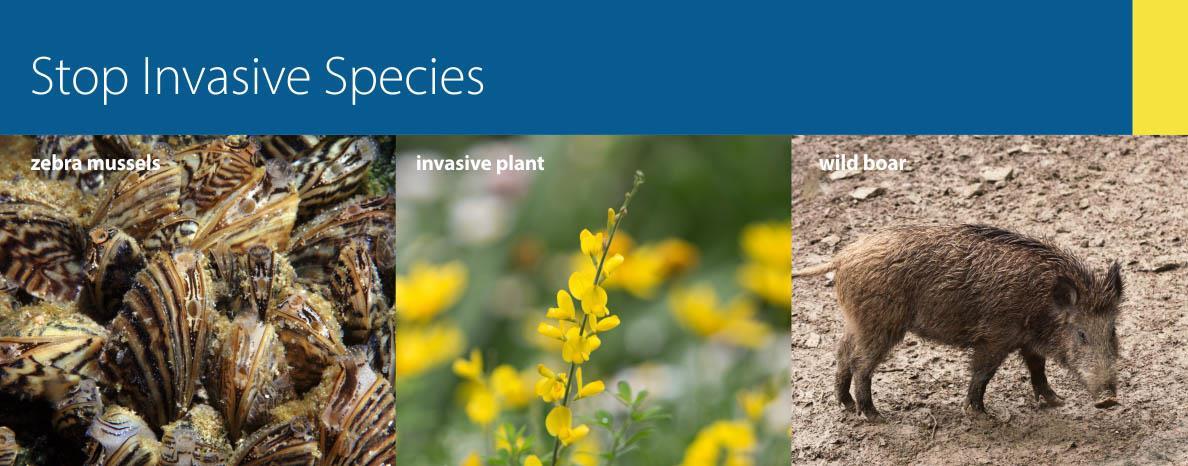Government of Saskatchewan ministries, Crown corporations and organizations are working to minimize the impacts of the postal service disruption.
Les ministères, les sociétés d’État et les organismes du gouvernement de la Saskatchewan travaillent à réduire au minimum les répercussions de l’interruption des services postaux.

